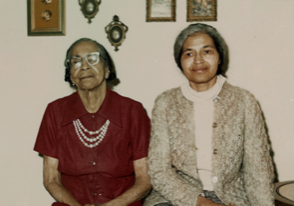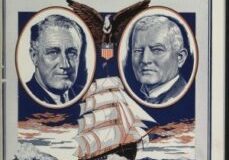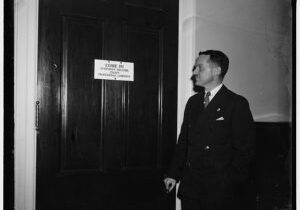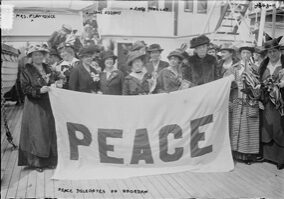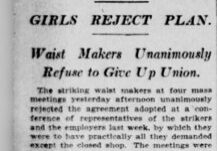Lesson Plans
Rosa Parks: A Proud Daughter
Students develop literacy skills as they analyze a greeting card to investigate families and the emotions they express and get introduced to civic activist and change maker Rosa Parks. The teacher's guide includes ideas for making connections to historical inquiry through further investigations of greeting cards in the Library's Rosa Parks Papers collection and applying what they learned by creating a card for a leader or relative who has done something unique or important for them.
Liberty and Civility: Rules for Citizens in a Democratic Society
Students examine George Washington’s Rules of Civility in preparation for learning how and why citizens in a free society are expected to exercise personal civility. Students will then apply their understanding by creating civility posters and analyzing and addressing examples of incivility in a comic strip.
Dangerous Jane
Pair the picture book, Dangerous Jane, with primary sources to have students investigate the peace work of Jane Addams while building vocabulary and examining how perspectives change with time and circumstance. After, students could investigate the youngest Nobel Peace Prize winner, Malala Yousafzai, and/or share in words or pictures how they contribute to a more peaceful community in their school, neighborhood or town.
Brave Girl: Clara and the Shirtwaist Makers’ Strike of 1909
Pair the picture book, Brave Girl: Clara and the Shirtwaist Makers’ Strike of 1909, with primary sources to have students practice close reading, build vocabulary, and investigate labor activism and one group's fight for shorter hours, increased wages, and more sanitary working conditions. After, students may share, in words or pictures, an example of something they have done or they hope to do to affect change.
A Lady Has the Floor: Belva Lockwood Speaks Out for Women’s Rights
Pair the picture book, A Lady Has the Floor: Belva Lockwood Speaks Out for Women’s Rights, with primary sources to have students investigate historical and contemporary depictions of women in the media, especially those running for national office.
Predicting & Inferring About Woman Suffrage
Link non-fiction literature with primary sources to build background knowledge of what it was like to be a suffragist and discover how women persistently fought for over 100 years until they were granted the right to vote. After, ask students to share a time when they showed persistence.
Around America to Win the Vote
Pair the picture book, Around America to Win the Vote, with primary sources to have students practice research skills, evaluate sources, and deepen understanding of voting rights, in general, and woman suffrage, in particular. After, students can consider the pros/cons of lowering the voting age to 16.


